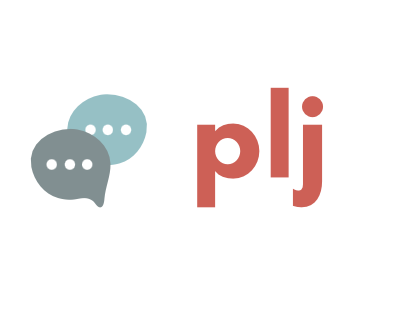O ensino de Português como Língua de Herança nos Estados Unidos: para um ensino integrado
Abstract
Portuguese is the twelfth most spoken non-English language in the United States (USA). The Luso-American Development Foundation (FLAD) and the Modern Language Association (MLA) attest to the increase in the number of students in Portuguese classes in primary, secondary, and higher education. In light of the significant number of Portuguese speakers in the USA, the increase in conferences and research related to the emerging field of Portuguese as a heritage language (PLH), Fernandes (2019) states that there are still significant challenges, such as the training of teachers or creating the appropriate materials to address the needs of the students. This article presents a model of material analysis to help the teacher with mixed classes to identify which activities can complement the class- book. This analysis integrates the classic format for Portuguese as foreign language (PFL) materials based on the American Council for Teaching Foreign Languages (ACTFL) and incorporates several of the standards proposed by the National Council of Teachers of English (NCTE). We also included analysis criteria based on the pluricentric concept of the Portuguese language, as we believe that they fit into the objectives of the classes. The book Ponto de Encontro is analyzed as an example of the use of such a proposal.
Downloads
Published
How to Cite
Issue
Section
License
The Portuguese Language Journal is an open-access journal under the Creative Commons CC BY NC 4.0 License. Users are permitted to read, download, copy, distribute, print, search, or link to its articles' full texts and use them for any other lawful purpose. All the articles published in this journal are free to access immediately from the publication date.








